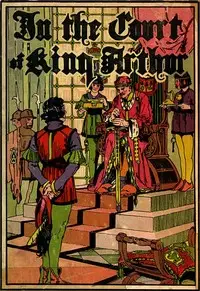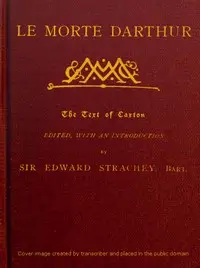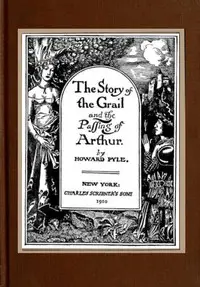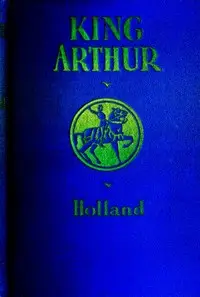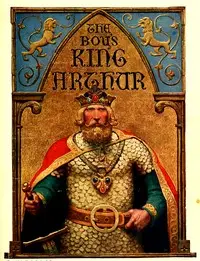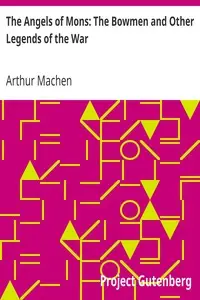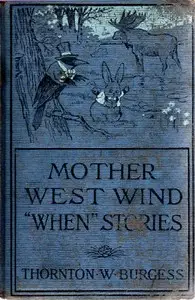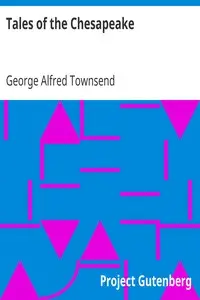"Le Morte d'Arthur: Volume 2" by Sir Thomas Malory continues the epic sagas of King Arthur's court, where brave knights and romantic conflicts set the stage for the Middle Ages. This book follows the enthralling journey of Sir Tristram, a knight known as much for his skill in battle as for his passionate heart towards La Beale Isoud, into a world of chivalry that will make you root for a simpler time and the honor that came with it. From clashing swords with King Arthur to navigating a web of friendships and rivalries, especially the bitter feud with Palomides, Tristram's adventures are charged with the code of honor of a once well respected knighthood. Themes of loyalty, rivalry, and desperate quests for affection come alive in this book.

Le Morte d'Arthur: Volume 2
By Thomas Malory
Amidst jousts, battles, and forbidden passions, a knight's valor is tested as he navigates love, loyalty, and rivalry in King Arthur’s court.
Summary
About the AuthorSir Thomas Malory was an English writer, the author of Le Morte d'Arthur, the classic English-language chronicle of the Arthurian legend, compiled and in most cases translated from French sources. The most popular version of Le Morte d'Arthur was published by the famed London printer William Caxton in 1485. Much of Malory's life history is obscure, but he identified himself as a "knight prisoner", apparently reflecting that he was either a criminal, a prisoner-of-war, or suffering some other type of confinement. Malory's identity has never been confirmed. Since modern scholars began researching his identity the most widely accepted candidate has been Sir Thomas Malory of Newbold Revel in Warwickshire, who was imprisoned at various times for criminal acts and possibly also for political reasons during the Wars of the Roses. Recent work by Cecelia Lampp Linton, however, presents new evidence in support of Thomas Malory of Hutton Conyers, Yorkshire.
Sir Thomas Malory was an English writer, the author of Le Morte d'Arthur, the classic English-language chronicle of the Arthurian legend, compiled and in most cases translated from French sources. The most popular version of Le Morte d'Arthur was published by the famed London printer William Caxton in 1485. Much of Malory's life history is obscure, but he identified himself as a "knight prisoner", apparently reflecting that he was either a criminal, a prisoner-of-war, or suffering some other type of confinement. Malory's identity has never been confirmed. Since modern scholars began researching his identity the most widely accepted candidate has been Sir Thomas Malory of Newbold Revel in Warwickshire, who was imprisoned at various times for criminal acts and possibly also for political reasons during the Wars of the Roses. Recent work by Cecelia Lampp Linton, however, presents new evidence in support of Thomas Malory of Hutton Conyers, Yorkshire.



